The Ultimate Chile Travel Guide: 14 Best Experiences Across The Country
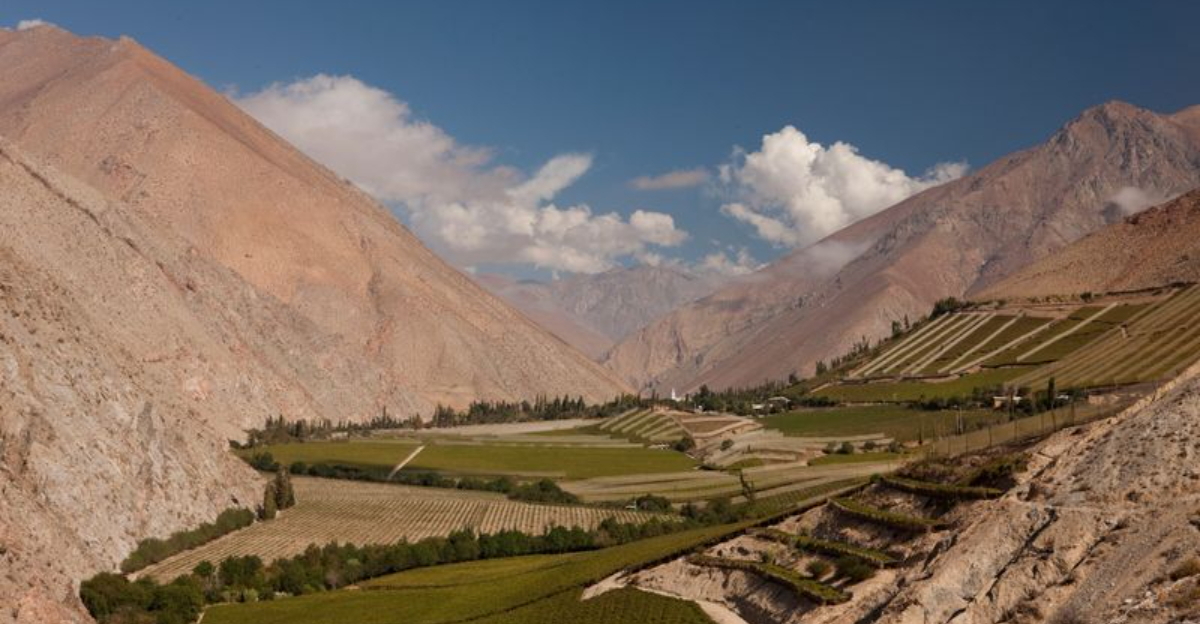
Chile might look narrow on the map, but don’t let its shape fool you—this country is packed with enough adventure to fill a lifetime. Ever wanted to stand in the driest desert on Earth and, days later, sip wine in a lush valley or hike beside a glacier?
In Chile, you absolutely can. I’ve wandered its vibrant cities, felt the stillness of Patagonia, and stood under a galaxy of stars in the Atacama. Each place left a mark—and some took my breath away. If you’re curious about what makes Chile such a standout destination, you’re in the right spot.
From moonlike valleys to remote islands with mysterious statues, these 14 must-have experiences will show you the many faces of this incredible land. So, what kind of explorer are you—desert dreamer, mountain climber, or culture seeker? Let’s find out as we journey through Chile’s most unforgettable adventures.
1. Stargazing in the Atacama Desert
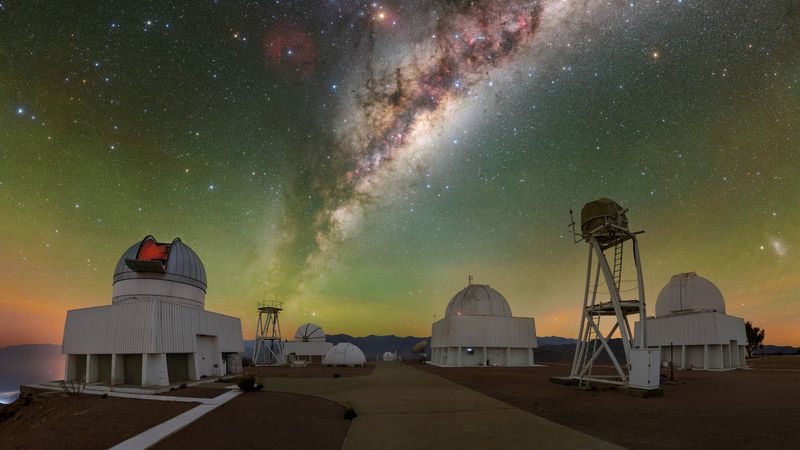
Night skies in the Atacama Desert will literally take your breath away. This otherworldly landscape offers some of the clearest astronomical viewing on the planet, with over 300 cloudless nights per year and minimal light pollution.
I recommend booking a stargazing tour at one of the observatories where powerful telescopes reveal distant galaxies, nebulae, and planets in stunning detail. The experience of standing beneath billions of twinkling stars is both humbling and magical.
During daytime, explore bizarre rock formations, geysers, and salt flats that make you feel like you’ve landed on Mars. The contrast between fiery days and frigid nights creates an unforgettable adventure.
2. Hiking in Torres del Paine National Park
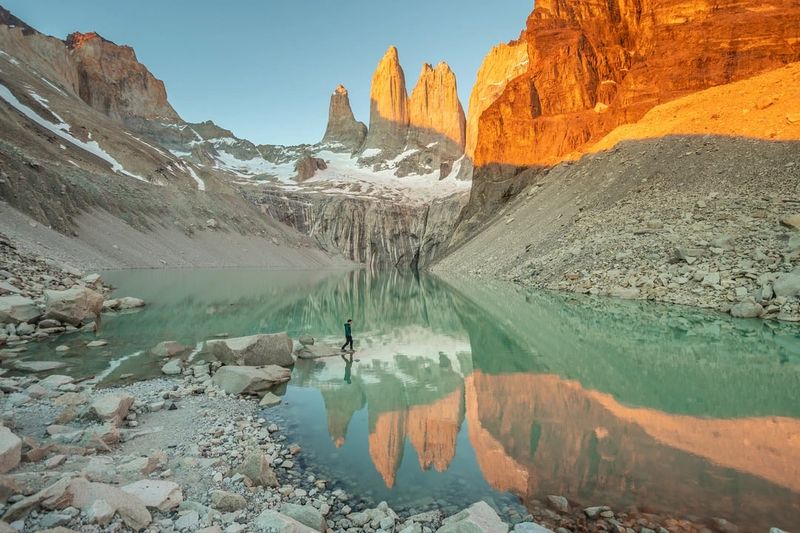
Jagged granite peaks thrust dramatically skyward in Torres del Paine, creating one of the world’s most spectacular mountain landscapes. The park’s famous W Trek offers a 5-day journey past turquoise lakes, massive glaciers, and golden pampas where wild guanacos roam freely.
For serious adventurers, I suggest tackling the full O Circuit, which takes about 8 days and gives you access to less-visited parts of the park. Even day-hikers can reach incredible viewpoints like the base of the Torres, where three granite spires rise above a glacier-fed lagoon.
Weather here changes rapidly, so pack layers and waterproof gear regardless of when you visit. The pristine wilderness will reward your efforts.
3. Exploring Mysterious Easter Island

Nearly 2,300 miles from mainland Chile floats Rapa Nui (Easter Island), home to hundreds of massive stone statues called moai. These enigmatic figures, carved between 1250 and 1500 AD, still guard the island’s volcanic landscape with their silent presence.
When visiting, hire a local guide who can explain the fascinating theories about how islanders carved, transported, and erected these 13-foot tall, 14-ton statues. The site of Ahu Tongariki, with its 15 restored moai in a row, creates an unforgettable silhouette at sunrise.
Beyond the moai, the island offers excellent snorkeling, beautiful beaches, and fascinating cave systems. Three days minimum is recommended to properly explore this remote cultural treasure.
4. Wine Tasting in the Central Valley
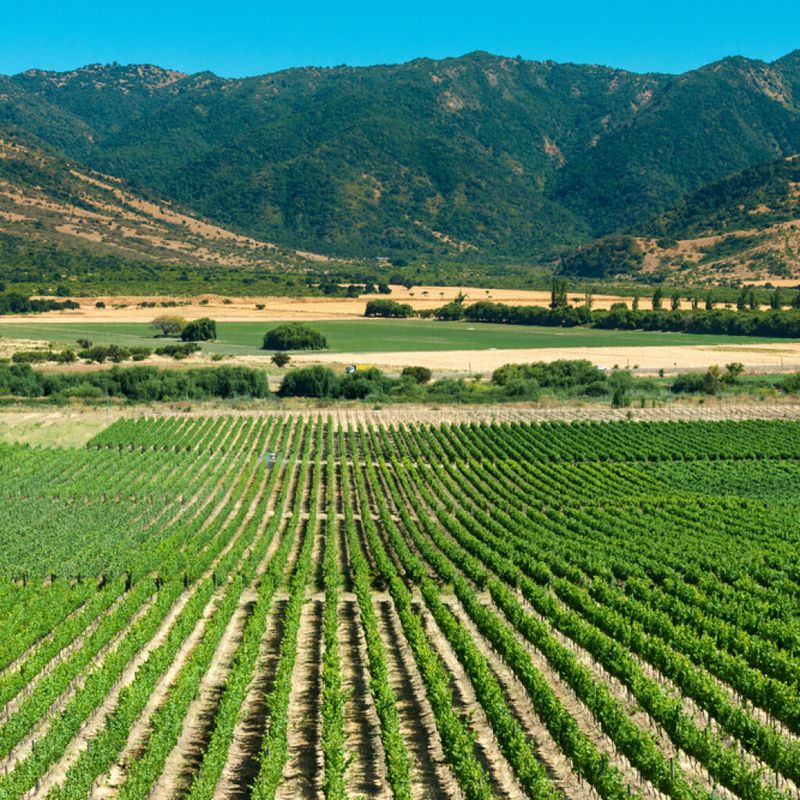
Chile’s sun-drenched Central Valley produces some of the world’s finest wines, particularly robust reds made from Carmenere grapes – a variety once thought extinct until rediscovered here in the 1990s. Family-owned vineyards dot the countryside between the Andes and Coastal mountain ranges.
My favorite experience is biking between wineries in the Colchagua Valley, stopping for tastings paired with local cheeses and olives. Many estates offer tours explaining their sustainable farming practices and traditional production methods.
September through April brings perfect weather for vineyard visits, though March (harvest season) offers special festivals and the chance to participate in grape stomping. Even non-wine drinkers will appreciate the stunning scenery and excellent cuisine.
5. Valparaíso’s Colorful Street Art Scene

Valparaíso explodes with color across its 42 hills, where rainbow-hued houses cling precariously to steep slopes overlooking the Pacific. This bohemian port city has transformed itself into an open-air gallery, with stunning murals covering nearly every available wall.
Wandering the labyrinthine streets reveals new artistic treasures around each corner. Historic funiculars (cliff railways) built in the late 1800s help you navigate between neighborhoods, offering spectacular viewpoints along the way.
If you love photography, the districts of Cerro Alegre and Cerro Concepción offer the perfect blend of street art, quirky cafés, and panoramic ocean views. The city feels most alive at sunset when golden light bathes the hills and local musicians perform in hidden plazas.
6. Sailing Through the Chilean Fjords
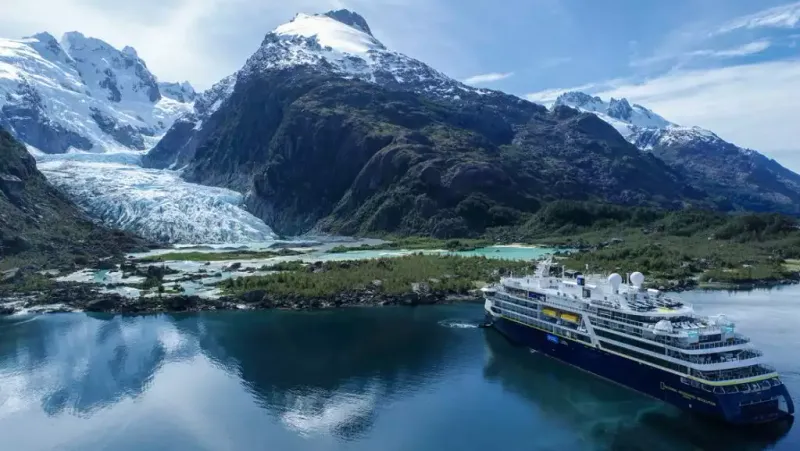
Mist hovers mysteriously over the labyrinth of islands, channels, and peninsulas that make up Chile’s southern fjords. This pristine wilderness stretches for hundreds of miles, accessible primarily by boat, offering some of South America’s most dramatic scenery.
Several cruise companies operate multi-day voyages through these isolated waterways where waterfalls cascade directly into the sea from snow-capped mountains. Wildlife spotting becomes a daily joy – look for playful dolphins, sea lions, and several whale species.
The journey between Puerto Montt and Puerto Natales offers particularly spectacular views. Many ships navigate narrow passages where you can almost touch the vegetation on shore. Pack binoculars and prepare for constantly changing weather conditions throughout this unforgettable maritime adventure.
7. Soaking in Pucón’s Hot Springs
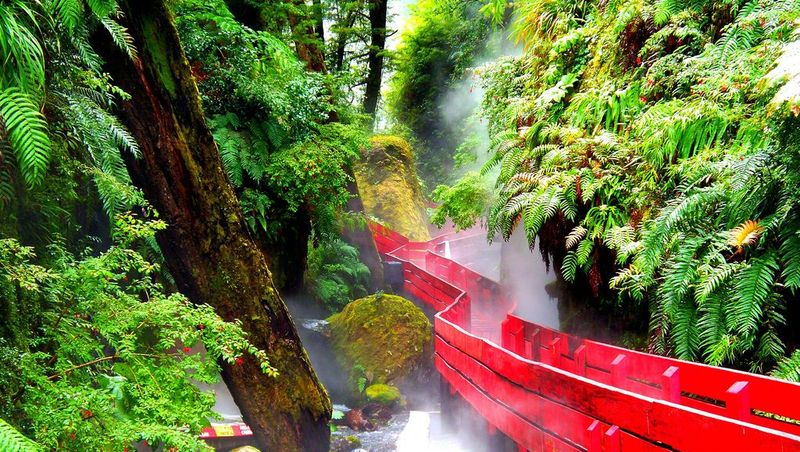
Nestled beneath the perfect cone of Villarrica Volcano, Pucón serves as Chile’s adventure capital and home to numerous natural hot springs. These thermal waters, heated by volcanic activity, provide the perfect relaxation after hiking, rafting, or skiing in the surrounding wilderness.
Termas Geométricas stands out as my top recommendation – a stunning complex of 17 red-painted pools connected by wooden walkways that wind through a lush forest canyon. The contrast between the steaming 45°C (113°F) mineral waters and the cool forest air creates a magical atmosphere, especially on misty days.
For a more intimate experience, seek out Termas Los Pozones, where simple stone pools of varying temperatures sit right alongside a rushing river. Most hot springs stay open year-round, offering a warm refuge even in winter.
8. Exploring Santiago’s Vibrant Neighborhoods
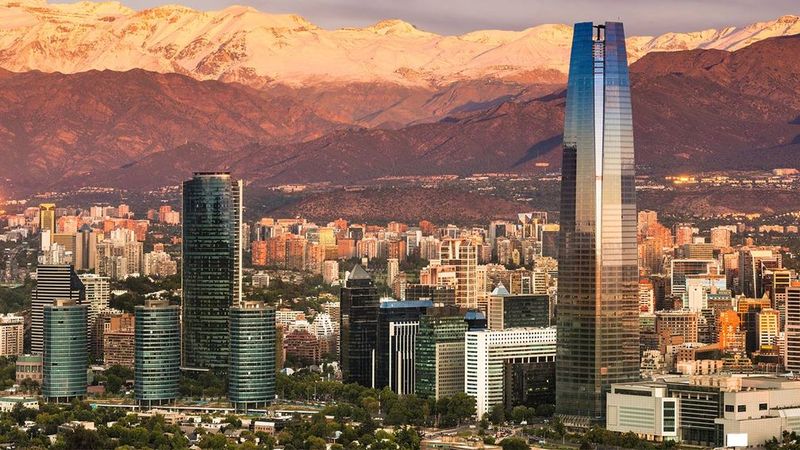
Santiago surprises visitors with its cosmopolitan energy, nestled dramatically between snowcapped Andean peaks. Chile’s capital rewards those who explore beyond the obvious tourist spots, with each neighborhood offering distinct personality and charm.
Barrio Lastarria captivates with its colonial architecture, independent bookshops, and sidewalk cafés perfect for people-watching. For a different vibe, head to Barrio Italia, where converted factories now house design studios, vintage shops, and excellent restaurants serving innovative Chilean cuisine.
Don’t miss climbing Cerro San Cristóbal for panoramic city views, especially at sunset when the mountains glow pink. The Museum of Memory and Human Rights provides important context about Chile’s recent history, while bustling markets like La Vega showcase the country’s incredible produce and seafood.
9. Penguin Watching on Chiloé Island

Chiloé Island feels like stepping into another world, where colorful stilt houses called palafitos perch above tidal flats and locals still practice traditional fishing methods. The island’s western coast hosts several penguin colonies, offering delightful wildlife encounters.
Take a boat tour to Puñihuil, the only place on Earth where both Humboldt and Magellanic penguins nest together. Between September and March, you’ll witness these charismatic birds waddling along rocky shores, diving for fish, and caring for their young in burrows.
After penguin watching, explore Chiloé’s wooden churches (UNESCO World Heritage sites) built entirely without nails, sample curanto (a traditional seafood dish cooked in the ground), and listen to local mythology about ghost ships and forest witches. The island’s misty landscapes create a magical atmosphere year-round.
10. Surfing the Pacific Coast
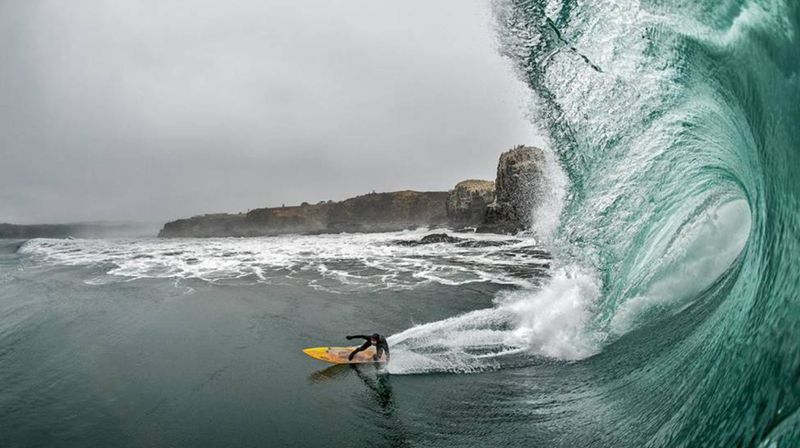
Chile’s 2,600-mile coastline creates a surfer’s paradise with consistent waves year-round. Pichilemu stands out as the undisputed surfing capital, where the legendary break at Punta de Lobos attracts professionals from around the world to ride waves reaching up to 25 feet during winter swells.
For beginners, the beaches around Arica and Iquique in the north offer gentler conditions and warmer water. Many coastal towns now have excellent surf schools providing equipment rental and lessons for all levels.
Between sessions, enjoy fresh seafood at simple beachside restaurants and mingle with the growing community of international surfers who’ve fallen in love with Chile’s laid-back coastal vibe. Remember to pack a good wetsuit – the Humboldt Current keeps water temperatures surprisingly chilly even in summer.
11. Trekking in the Lake District
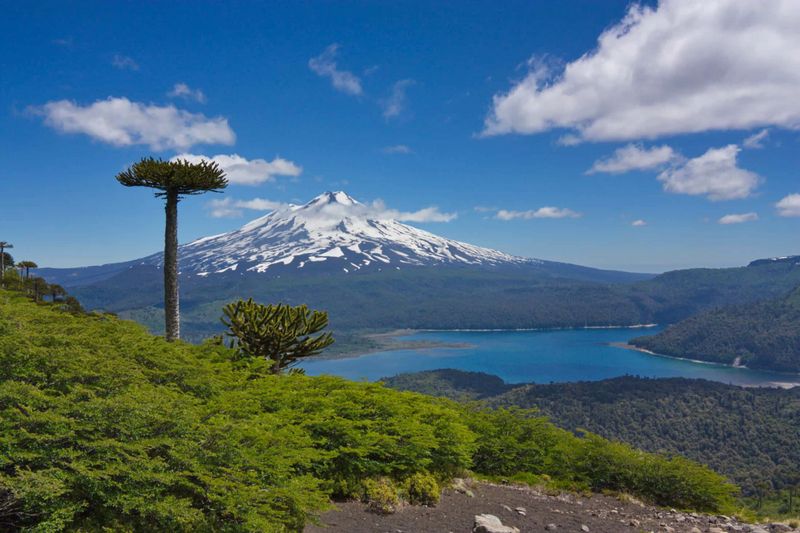
Chile’s Lake District dazzles with its perfect volcanic cones reflected in sapphire lakes, creating postcard-worthy scenes at every turn. This region offers incredible hiking opportunities through ancient Araucaria forests, where monkey puzzle trees have survived since dinosaur times.
Huerquehue National Park contains my favorite day hikes, leading to hidden alpine lakes surrounded by native forest. More ambitious trekkers can tackle the challenging Villarrica Traverse, a multi-day route passing through three national parks with opportunities to soak in natural hot springs along the way.
German immigrants heavily influenced this region, evident in the distinctive architecture and delicious kuchen (cake) served in lakeside towns like Puerto Varas and Frutillar. Visit between November and April for the most reliable weather and spectacular wildflower displays.
12. Experiencing Patagonian Ranch Life
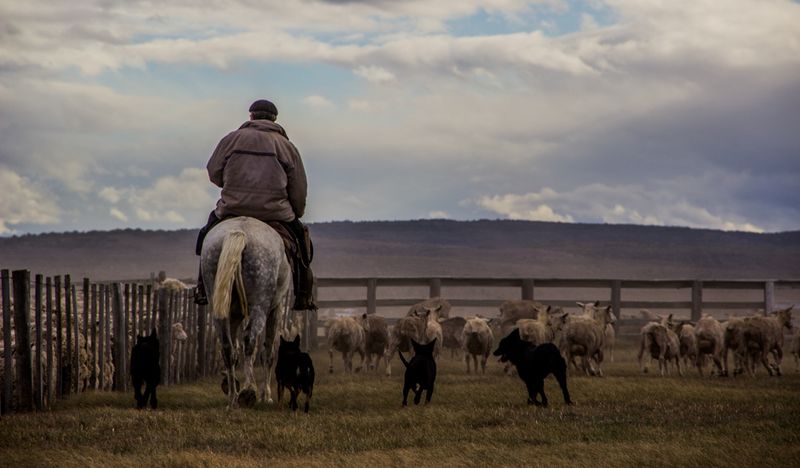
Genuine estancias (ranches) scattered throughout Chilean Patagonia offer visitors the chance to experience traditional gaucho culture firsthand. These working sheep and cattle farms maintain centuries-old traditions while providing comfortable accommodations in spectacular settings.
Wake at dawn to help gauchos round up sheep, learn to throw a lasso, or ride sturdy Criollo horses across endless grasslands. The authentic experience continues around evening bonfires where gauchos share tales of Patagonian life while preparing asado (barbecue) and mate tea.
Many estancias occupy vast territories with private hiking trails leading to waterfalls, forests, and mountain viewpoints inaccessible to regular tourists. This immersive cultural experience provides insights into the resilient spirit that defines Patagonia’s rural communities and their harmonious relationship with this challenging landscape.
13. Sampling Seafood in Coastal Markets
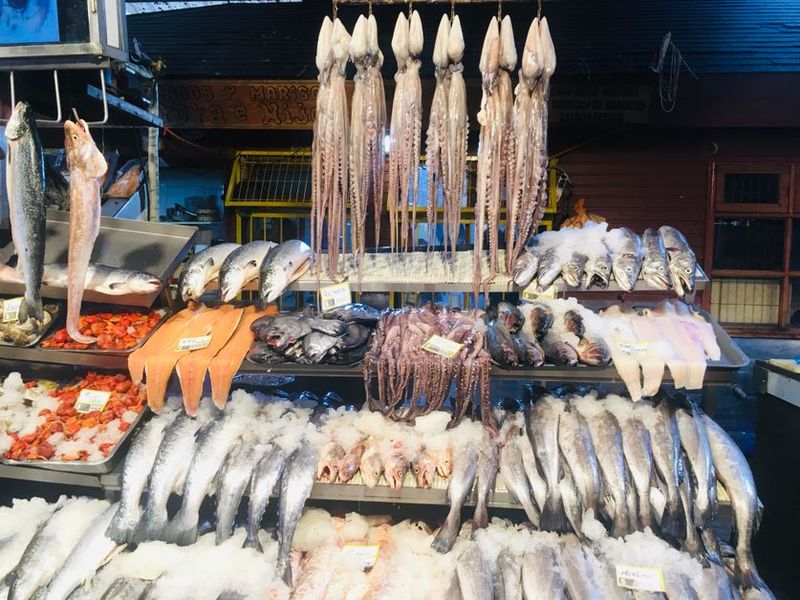
Chile’s 2,600-mile coastline yields an incredible bounty of seafood, best experienced in bustling markets where fishermen sell their fresh catch directly to customers. Angelmo Market in Puerto Montt offers a sensory feast where vendors proudly display everything from giant king crabs to dozens of fish species.
Try traditional dishes like curanto (shellfish, meat, and potatoes steamed in an earthen pit), chupe de mariscos (seafood stew), or simple but perfect ceviche made with sea urchin. The small fishing town of Dalcahue on Chiloé Island hosts my favorite Sunday market, where you can watch fishermen arrive with their morning catch.
Many market stalls double as impromptu restaurants, serving the freshest possible seafood at wooden tables overlooking the water. Eating here connects you directly with Chile’s maritime culture and traditional cooking methods.
14. Exploring the Elqui Valley’s Mystical Energy
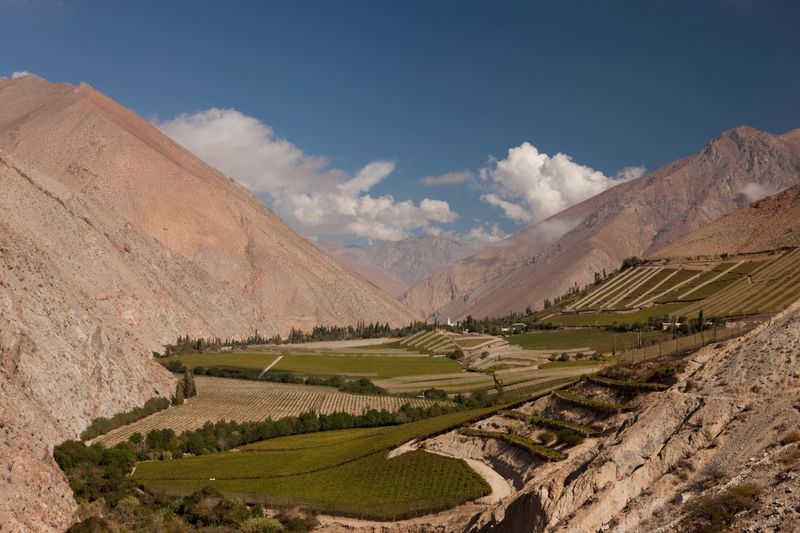
Mystical energy permeates the Elqui Valley, a narrow strip of fertile land cutting through northern Chile’s arid mountains. This region produces both excellent pisco (grape brandy) and powerful spiritual experiences, drawing seekers from around the world to its clear energy vortexes.
Visit Gabriela Mistral’s hometown of Vicuña, where Chile’s Nobel Prize-winning poet found inspiration in the valley’s otherworldly beauty. Many travelers report heightened intuition and vivid dreams while staying in the valley’s eco-retreats and meditation centers.
Daytime brings opportunities to tour pisco distilleries and organic farms irrigated by ancient channels, while nights reveal spectacular stargazing. The valley’s unique microclimate creates perfect growing conditions for grapes, papaya, and medicinal herbs, which local healers incorporate into traditional remedies available at colorful markets.
